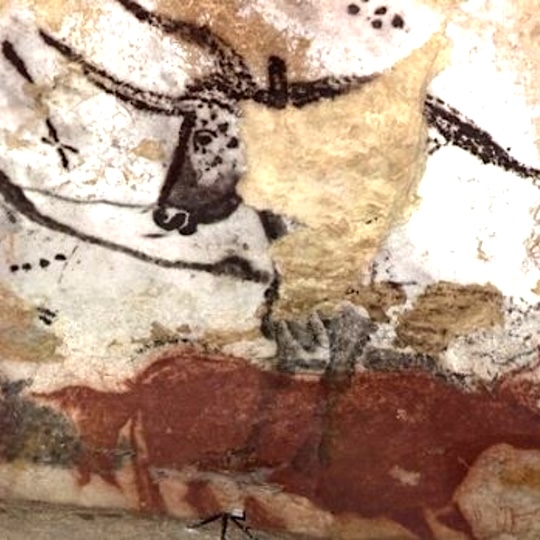On the evening of January 12, 1971, CBS viewers across the United States sat down to a brand new sitcom preceded by a highly unusual disclaimer. The program they were about to see, it declared, “seeks to throw a humorous spotlight on our frailties, prejudices, and concerns. By making them a source of laughter, we hope to show — in a mature fashion — just how absurd they are.” Thereafter commenced the very first episode of All in the Family, which would go on, over nine full seasons, to define American television in the nineteen-seventies. It did so not just by daring to find comedy in the issues of the day — the Vietnam War, the generation gap, women’s lib, race relations, homosexuality — but also by spawning a variety of other major sitcoms like Maude, The Jeffersons, and Good Times.
Even if you didn’t live through the seventies, you’ve probably heard of these shows. Now you can watch full episodes on the official Youtube channel of Norman Lear, the television writer and producer involved in the creation of all of them and many others besides.
If you’ve ever seen Sanford and Son, Fernwood 2 Night, Diff’rent Strokes, or One Day at a Time (or if you happened to catch such short-lived obscurities as Hanging In, a.k.a. Pablo, and Sunday Dinner), you’ve seen one of his productions. His death this week at the age of 101 has provided the occasion to acquaint or reacquaint ourselves with Archie and Edith Bunker, George and Louise Jefferson, Florida and James Evans, and all the other characters from what we might now call the “Norman Lear multiverse.”
The best place to start is with the premiere of All in the Family, which introduces the Bunker clan and the central conflict of their household: that between boisterously prejudiced working-class patriarch Archie Bunker and his bleeding-heart baby-boomer son-in-law Michael “Meathead” Stivic. Later episodes introduce such secondary characters as Edith Bunker’s strong-willed cousin Maude Findlay, who went on to star in her own eponymous series the following year, and the Bunkers’ enterprising black next-door neighbors the Jeffersons, who themselves “moved on up” in 1975. (So far did the televisual Learverse eventually expand that Good Times and Checking In were built around the characters of Maude and the Jeffersons’ maids.)
An outspoken proponent of liberal causes, Lear probably wouldn’t have denied using his television work to influence public opinion on the issues that concerned him. Yet at their best, his shows didn’t reduce themselves to political morality plays, showing an awareness that the Archie Bunkers of the world weren’t always in the wrong and the Meatheads weren’t always in the right. By twenty-first-century standards, the jokes volleyed back and forth in All in the Family or The Jeffersons may seem blunt, not least when they employ terms now regarded as unspeakable on mainstream television. But they also have the forthrightness to go wherever the humor of the situation — that is to say, the truth of the situation — dictates, an uncommon quality among even the most acclaimed comedies this half-century later. Watch complete episodes of Norman Lear shows here.
Related content:
Watch Mad Magazine’s Edgy, Never-Aired TV Special (1974)
Watch Between Time and Timbuktu, an Obscure TV Gem Based on the Work of Kurt Vonnegut
Watch the Opening Credits of an Imaginary 70s Cop Show Starring Samuel Beckett
Based in Seoul, Colin Marshall writes and broadcasts on cities, language, and culture. His projects include the Substack newsletter Books on Cities, the book The Stateless City: a Walk through 21st-Century Los Angeles and the video series The City in Cinema. Follow him on Twitter at @colinmarshall or on Facebook.











